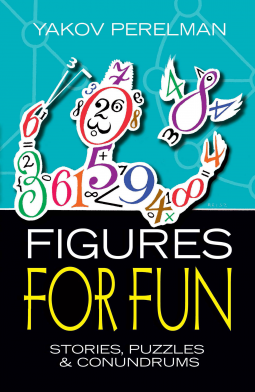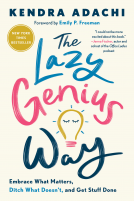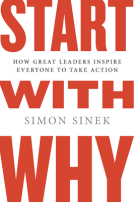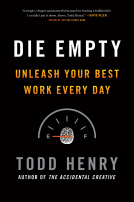
Figures for Fun
Stories, Puzzles and Conundrums
by Yakov Perelman
This title was previously available on NetGalley and is now archived.
Send NetGalley books directly to your Kindle or Kindle app
1
To read on a Kindle or Kindle app, please add kindle@netgalley.com as an approved email address to receive files in your Amazon account. Click here for step-by-step instructions.
2
Also find your Kindle email address within your Amazon account, and enter it here.
Pub Date May 20 2015 | Archive Date Aug 27 2015
Description
These puzzles are the inventions of a gifted Soviet mathematician, Yakov Perelman, whose popular science books on astronomy, physics, and mathematics inspired generations of readers. Perelman's distinctive style, abounding in wit and ingenuity, adds a special flair to his timeless riddles and brainteasers.
Available Editions
| EDITION | Other Format |
| ISBN | 9780486795683 |
| PRICE | $8.95 (USD) |
Average rating from 9 members
Featured Reviews
 Elaine B, Reviewer
Elaine B, Reviewer
Does your brain need a workout? Are you wondering what to do? Well this could be the book for you! Filled with a mixture of more than a hundred problems to solve this is a great collection that will take hours (days, weeks, months . . . ) to work through! Certainly not for young children, the range of activities is enough to keep the most ardent puzzler occupied and perplexed as they try to solve them. This is a great book for anyone who is looking for a challenge and, if you get too stuck, the author kindly also provided the answers at the end of each chapter!
Thanks to the author, publisher and NetGalley too, for letting me read an ARC in exchange for an honest review.
The author's [[ASIN:1610279034 Physics for Entertainment]] is one of the great puzzle books and one of the great physics books of the 20th century. The best puzzles in Figures for Fun live up to that standard, but most of them are weaker. Some of them are well-known, and others are dull demonstrations of elementary facts. Some are poorly worded (or perhaps poorly translated, I do not know Russian).
For one example, a problem states that four school clubs meet on January 1, one meets every other day thereafter, one every third day, one every fourth day and one every fifth day. Over the next 90 days, on how many did no club meet? The problem is okay, although not very imaginative, but the solution is just to mark off the days in Eratosthenes' sieve and count. This is tedious and teaches no number theory. A better answer for a puzzle book is to point out that no clubs will meet on prime days (starting with 0 for January 1 and going up to 89, counting 1 as a prime) except for 2, 3 and 5; but also no clubs will meet on days that are products of primes larger than 5 (49 and 77 are the only ones less than 90).
A number of simple problems, such as the sum of a doubling geometric series are repeated in a number of unimaginative ways. Another good number of problems are simple computations or trivial equations. Many of the best problems are taken from physics or engineering.
The Communist ideology and Russian nationalism in the problems is amusing at the distance of history, "millionaires" are greedy and stupid, but then, so are "peasants"; workers are smart, honest and wise. Foolishness and social problems of capitalist democracies are described reasonably accurately, for example misunderstanding genetics or making short-sighted environmental decisions, but there is no mention of the far more devastating errors the Soviet Union made in these areas.
Overall, this is still a pretty good puzzle book, with some great puzzles and writing, but also a lot of filler.
Readers who liked this book also liked:
Publishers Lunch
General Fiction (Adult), Nonfiction (Adult), Teens & YA












